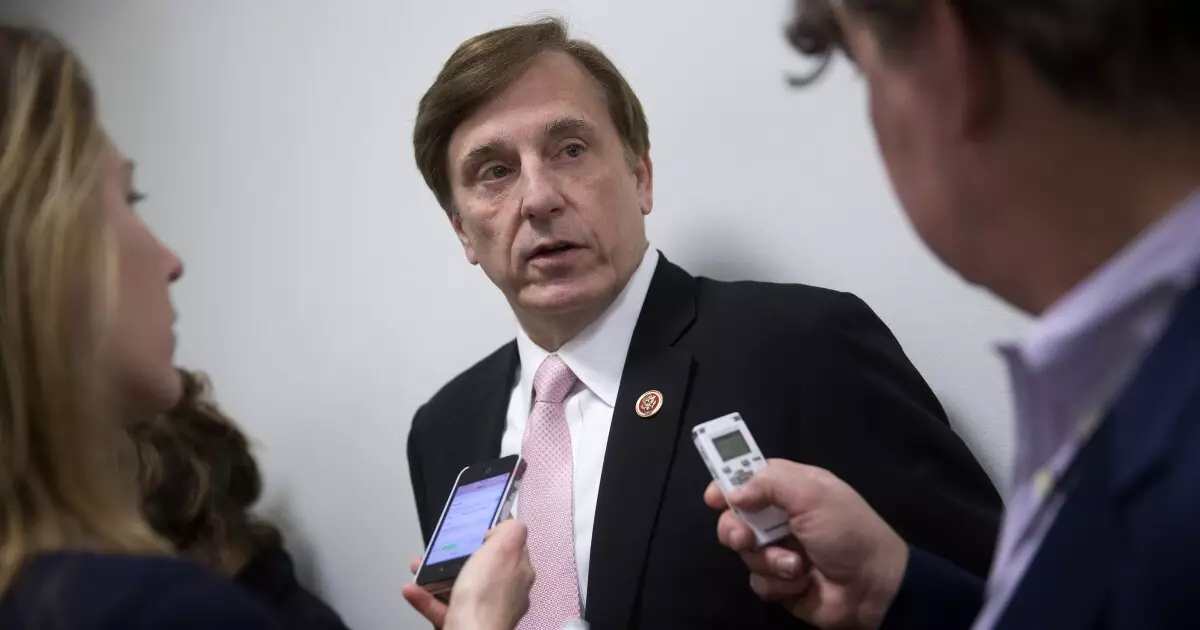The recent approval by the Louisiana State Bond Commission for an astonishing $1.03 billion health care bond reflects a daring gamble in a climate of financial uncertainty. Amidst market volatility, this decision stands out as either a visionary step towards improving statewide healthcare infrastructure or a reckless plunge into debt. With $684 million earmarked for new projects at various facilities, the stakes are high, and the potential for both economic growth and financial pitfalls is considerable.
This bond, facilitated by the Louisiana Public Facilities Authority, targets essential expansions and enhancements at several well-known health institutions, including the Ochsner Medical Center and Lafayette General Medical Center. While the intent is laudable—creating better healthcare access—the implications of such a massive financial commitment during a precarious economic period cannot be overlooked. The fact that the bond generates new debt rather than simply refinancing existing burdens makes it an even bolder choice.
Underwriting Dilemmas and Market Concerns
State Treasurer John Fleming’s acknowledgment of “somewhat of an uproar” in the markets signals a critical warning. The decision to shift from a competitive sale to a negotiated basis demonstrates that the Bond Commission is acutely aware of the risks involved. Flexibility in timing may mitigate harm, yet the underlying question remains: is this an appropriate time to take on additional debt when market indicators suggest turbulence ahead?
The choice of Jefferies, LLC, and Ramirez & Co. as underwriters speaks to a calculated strategy, yet it introduces the risk of relying too heavily on particular financial institutions amid fluctuating confidence. A similar pattern emerges with the related charter school bonds—totaling $259 million—marked as risky and designated only for “sophisticated investors”. It raises eyebrows; why should taxpayer dollars support a framework that prioritizes affluent investors at the potential cost of fiscal transparency?
Healthcare Facilities vs. Educational Debt
It’s worth considering the dichotomy between healthcare funding and educational investments. The approval of charter school bonds accompanying this financial expedition throws a wrench into the narrative. While there is merit in expanding educational choices, particularly with the inclusion of projects like Lafayette Renaissance Charter Academy, the intertwining of education funding with healthcare bonds blurs the line of accountability.
The decision to keep these charter school bonds “unrated” further adds to the ambiguity surrounding investor confidence. It’s perplexing to contemplate why the commission would approve such measures without definitive ratings that could protect investors and, by extension, the state’s financial reputation. This lack of transparency isn’t just a gamble; it’s a potential ticking time bomb for public trust.
In the final analysis, the Louisiana State Bond Commission finds itself at a crossroads of ambition and caution. The necessity for improved healthcare is undeniable, yet the enormity of this financial undertaking juxtaposed with the turbulence of the current economy ignites a debate on fiscal responsibility. As we observe these developments, the question lingers—will the boldness of the Commission lead to rejuvenation of Louisiana’s healthcare landscape, or will it plunge the state deeper into financial peril?

